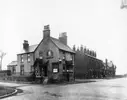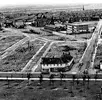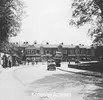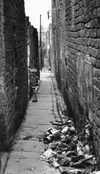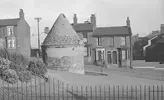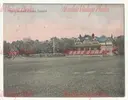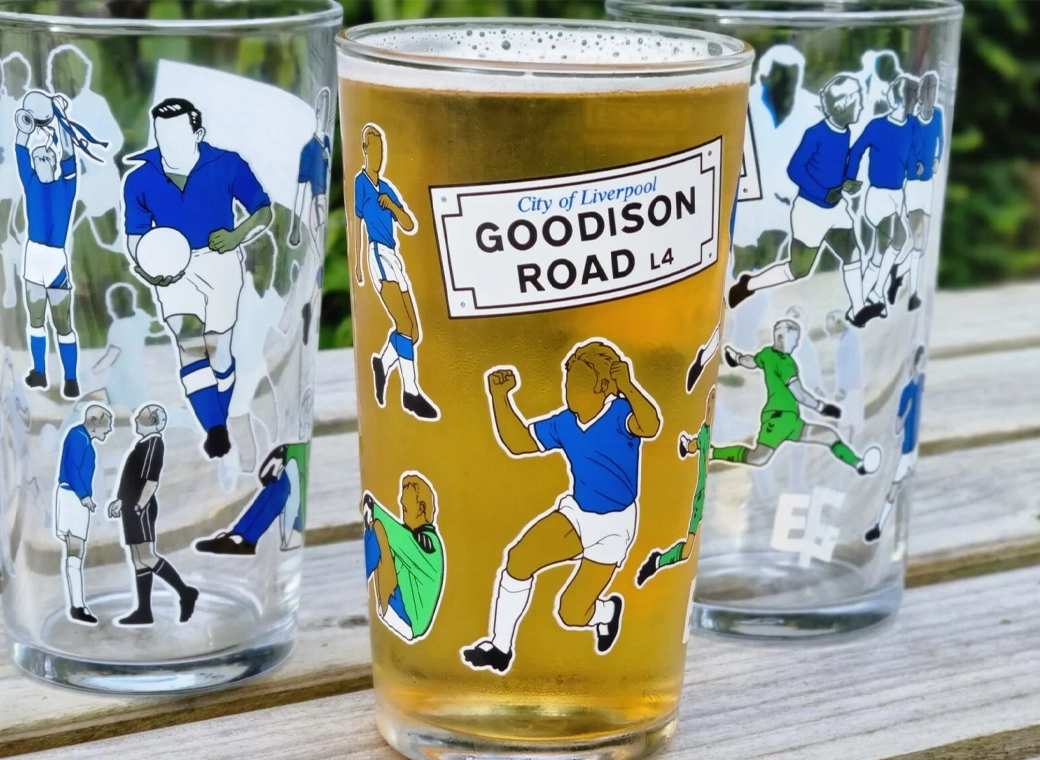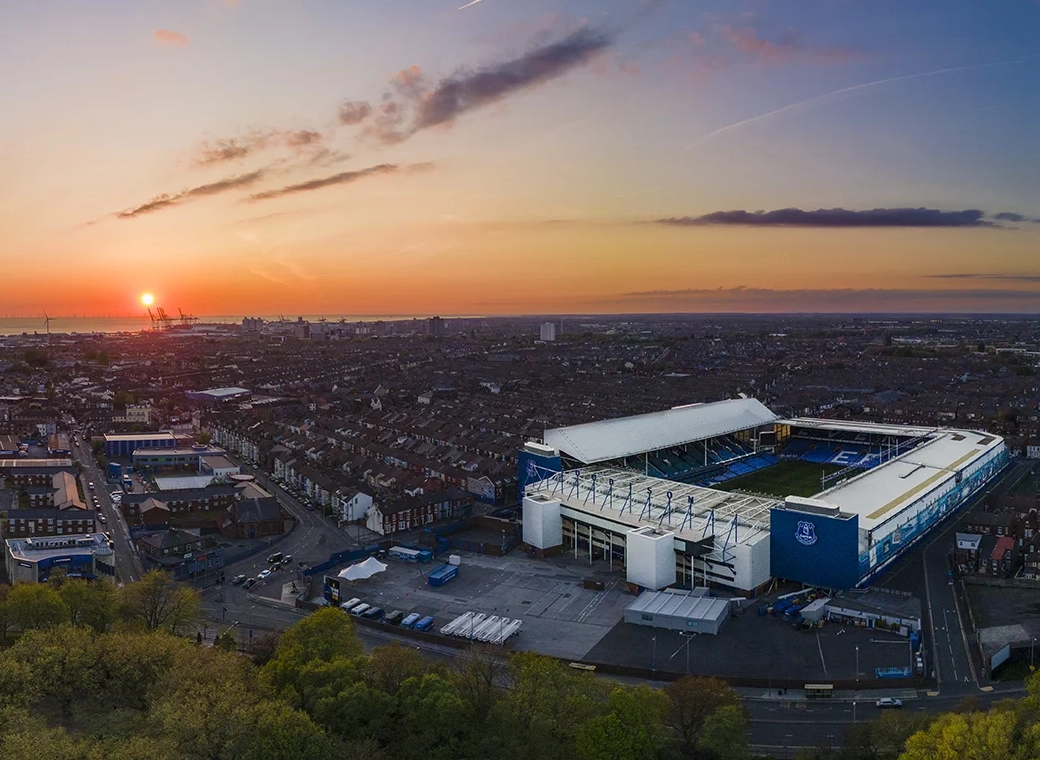You are using an out of date browser. It may not display this or other websites correctly.
You should upgrade or use an alternative browser.
You should upgrade or use an alternative browser.
Old Photos Of Where You Live
- Thread starter Eggs
- Start date
One for locals;
If the fire stations at Mather Ave and Belle Vale are now closed...are they??
Anyway, if they are, where are the fire engines based now?
If the fire stations at Mather Ave and Belle Vale are now closed...are they??
Anyway, if they are, where are the fire engines based now?
One for locals;
If the fire stations at Mather Ave and Belle Vale are now closed...are they??
Anyway, if they are, where are the fire engines based now?
….as far as I know, Belle Vale Fire Station is still going. I think the old fire station on Allerton Rd was converted to smart flats.
The Titanic Memorial.
Memorial to Heroes of the Marine Engine Room.
The Memorial to Heroes of the Marine Engine Room is a granite monument located on St. Nicholas Place, at the Pier Head, in Liverpool, England.
History,
The memorial was intended originally to commemorate all 32 engineers who died in the sinking of Titanic on 15 April 1912. Liverpool was the Titanic port of registry, as well as the home of the ship's owner, White Star Line. Construction was funded by international public subscription.
Spaces were left on the monument to record the names of other engineers. However, due to the heavy loss of life throughout World War I, its dedication was broadened to include all maritime engine room fatalities incurred during the performance of duty. Shrapnel damage from bombs that fell during the Blitz in World War II can be clearly seen on the monument.
Design,
Two figures on the east face of the memorial representing stokers, one holding a shovel and the other a cleaning rag. The right figure shows damage from the Liverpool Blitz.
Standing 48 feet (14.6 m) tall, the monument was designed by Sir William Goscombe John. It is constructed in the form of a granite obelisk standing on a square chamfered pedestal. The obelisk is topped with a gilded flame. Each of its bottom corners is decorated with carved representations of the four classical elements.
The east and west side of the pedestal feature carved life-size sculptures of stokers and engineers. Pevsner describes these figures as "strikingly naturalistic" and are noted as focusing on working class heroism. When the monument was designed, the use of manual labourers and workers was an uncommon subject in British public art and their inclusion by Goscombe John was considered innovative. Historic England describe the memorial as having a considerable influence on the future design of war memorials, calling it "one of the most artistically significant memorials to the Titanic disaster on either side of the Atlantic".

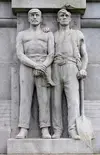
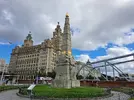
Memorial to Heroes of the Marine Engine Room.
The Memorial to Heroes of the Marine Engine Room is a granite monument located on St. Nicholas Place, at the Pier Head, in Liverpool, England.
History,
The memorial was intended originally to commemorate all 32 engineers who died in the sinking of Titanic on 15 April 1912. Liverpool was the Titanic port of registry, as well as the home of the ship's owner, White Star Line. Construction was funded by international public subscription.
Spaces were left on the monument to record the names of other engineers. However, due to the heavy loss of life throughout World War I, its dedication was broadened to include all maritime engine room fatalities incurred during the performance of duty. Shrapnel damage from bombs that fell during the Blitz in World War II can be clearly seen on the monument.
Design,
Two figures on the east face of the memorial representing stokers, one holding a shovel and the other a cleaning rag. The right figure shows damage from the Liverpool Blitz.
Standing 48 feet (14.6 m) tall, the monument was designed by Sir William Goscombe John. It is constructed in the form of a granite obelisk standing on a square chamfered pedestal. The obelisk is topped with a gilded flame. Each of its bottom corners is decorated with carved representations of the four classical elements.
The east and west side of the pedestal feature carved life-size sculptures of stokers and engineers. Pevsner describes these figures as "strikingly naturalistic" and are noted as focusing on working class heroism. When the monument was designed, the use of manual labourers and workers was an uncommon subject in British public art and their inclusion by Goscombe John was considered innovative. Historic England describe the memorial as having a considerable influence on the future design of war memorials, calling it "one of the most artistically significant memorials to the Titanic disaster on either side of the Atlantic".



Cake
Player Valuation: £8m
@degsy I have been questioning myself since posting about there being larger animals (such as cattle, etc) at The School of Tropical Medicine in the 1960s but I have found the information below, which would tie in to how things were at that time. I could just have asked my sister to confirm she wasn't just winding me up when I was a kid but we have very little contact these days (long story). Although she didn't stay working there (though I don't know exactly what she did - lab assistant?) I know she has held a firm conviction throughout her life about 'helping' African people (her husband had the chance to go and work in South Africa and she told him to go if he wanted to but he would go on his own (because of apartheid at the time) - he didn't go (no-one to iron his shirts, the kopite gobshite!) and they ended up in Tokyo for a number of years).My oldest sister worked at The School of Tropical Medicine on London Road (cows, sheep, turkeys lived on the roof). Not sure what she did there but to this day won't eat turkey and she met her husband there (a Kopite!), his job was with fish/aquatics.
The LSTM had and still have worldwide acknowledgment and acclaim for the work they do in human vaccines and were also at the forefront of developing the COVID vaccine. The work they do now still centers on diseases and conditions found in Africa (malaria, anti-venom for snalke bites,etc...) but maybe there are no longer larger animals dumping all over their nice new buildings (though Gila monsters are pretty large...).
Then - Veterinary scientists from the Liverpool School of Tropical Medicine and the University of Liverpool’s Faculty of Veterinary Science have found that some African cattle have natural immunity to a parasite similar to that which causes River Blindness in humans. These new findings indicate that it may be possible to vaccinate humans against River Blindness. The disease causes blindness in thousands of people in some of the poorest countries in the world, particularly in West and Central Africa.
Now - The Liverpool School of Tropical Medicine (LSTM) has a herpetarium that houses a diverse collection of venomous snakes, primarily those found in Africa, to support antivenom research. They also keep other animals like Gila monsters for research. The herpetarium at LSTM has the largest and most diverse collection of venomous snakes in the UK.
Apologies for posting what might be the irrelevance of all this but I needed to check, for me.

RufusCat
Player Valuation: £1.5m
Yes, Belle Vale Fire Station is still in operation.….as far as I know, Belle Vale Fire Station is still going. I think the old fire station on Allerton Rd was converted to smart flats.
Personal knowledge / extra info helps to flesh out our understanding of the past beyond just the old picture@degsy I have been questioning myself since posting about there being larger animals (such as cattle, etc) at The School of Tropical Medicine in the 1960s but I have found the information below, which would tie in to how things were at that time. I could just have asked my sister to confirm she wasn't just winding me up when I was a kid but we have very little contact these days (long story). Although she didn't stay working there (though I don't know exactly what she did - lab assistant?) I know she has held a firm conviction throughout her life about 'helping' African people (her husband had the chance to go and work in South Africa and she told him to go if he wanted to but he would go on his own (because of apartheid at the time) - he didn't go (no-one to iron his shirts, the kopite gobshite!) and they ended up in Tokyo for a number of years).
The LSTM had and still have worldwide acknowledgment and acclaim for the work they do in human vaccines and were also at the forefront of developing the COVID vaccine. The work they do now still centers on diseases and conditions found in Africa (malaria, anti-venom for snalke bites,etc...) but maybe there are no longer larger animals dumping all over their nice new buildings (though Gila monsters are pretty large...).
Then - Veterinary scientists from the Liverpool School of Tropical Medicine and the University of Liverpool’s Faculty of Veterinary Science have found that some African cattle have natural immunity to a parasite similar to that which causes River Blindness in humans. These new findings indicate that it may be possible to vaccinate humans against River Blindness. The disease causes blindness in thousands of people in some of the poorest countries in the world, particularly in West and Central Africa.
Now - The Liverpool School of Tropical Medicine (LSTM) has a herpetarium that houses a diverse collection of venomous snakes, primarily those found in Africa, to support antivenom research. They also keep other animals like Gila monsters for research. The herpetarium at LSTM has the largest and most diverse collection of venomous snakes in the UK.
Apologies for posting what might be the irrelevance of all this but I needed to check, for me.

